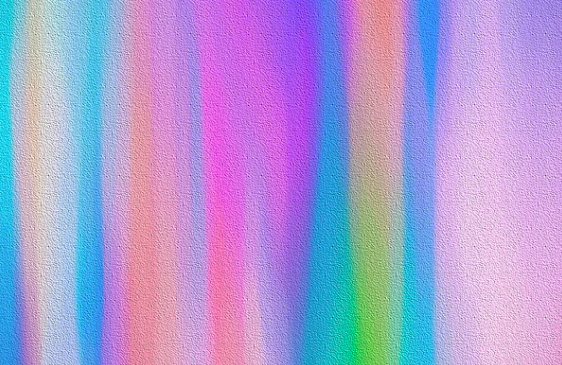In some industries, recognition of the role of the physical work environment on employee well-being leads to the creation of aesthetically enhanced spaces that aim to increase employee satisfaction. While this is sometimes framed as an attempt to attract a particular generation or type of employee, “the environment can have substantial effects on a wide range of psychological, social, and task-related processes,” among which are job satisfaction, stress reduction, emotional well-being, and the performance of complex cognitive tasks ( Heerwagen et al, 1995, 460). Enhancing the aesthetic quality of the environment can take many forms, among which is increasing visual interest and variety through artwork (Heerwagen et al, 1995, 465). Further studies on the effect of workplace environments on employees demonstrate that enriched environments, particularly those enhanced by art and plants, are more conducive to well-being and productivity, particularly if employees are able to have a degree of control over the appearance of the space. In contrast, aesthetically deprived environments are associated with greater passivity, withdrawal, and negative feelings about work.
In light of the evidence pointing to the benefits of exposure to nature, it may be tempting to simply select any artwork depicting nature to help create a restorative break area for nurses. However, differences in how we experience and interact with nature (including how we perceive restorativeness) are shaped by factors such as gender, age, culture/ethnicity, and interests. This diversity of experience and understanding can be better negotiated through a collaborative process of artwork selection. For example, polling for artwork selection in corporate settings is a successful approach that has been shown to not only support an enriched environment but also to allow team members to feel a greater sense of engagement with and ownership of a space.
Collaborative artwork selection also acknowledges different ideas about and tastes in art, and while ‘nature art’ is often limitedly defined as realistic depictions of nature in photography and other media, it can be interpreted as literally or as loosely as individuals choose. For one person, a photograph of a tree may be restorative, for another, an abstract painting evoking the movement of water. The collection below presents different views of nature art.


